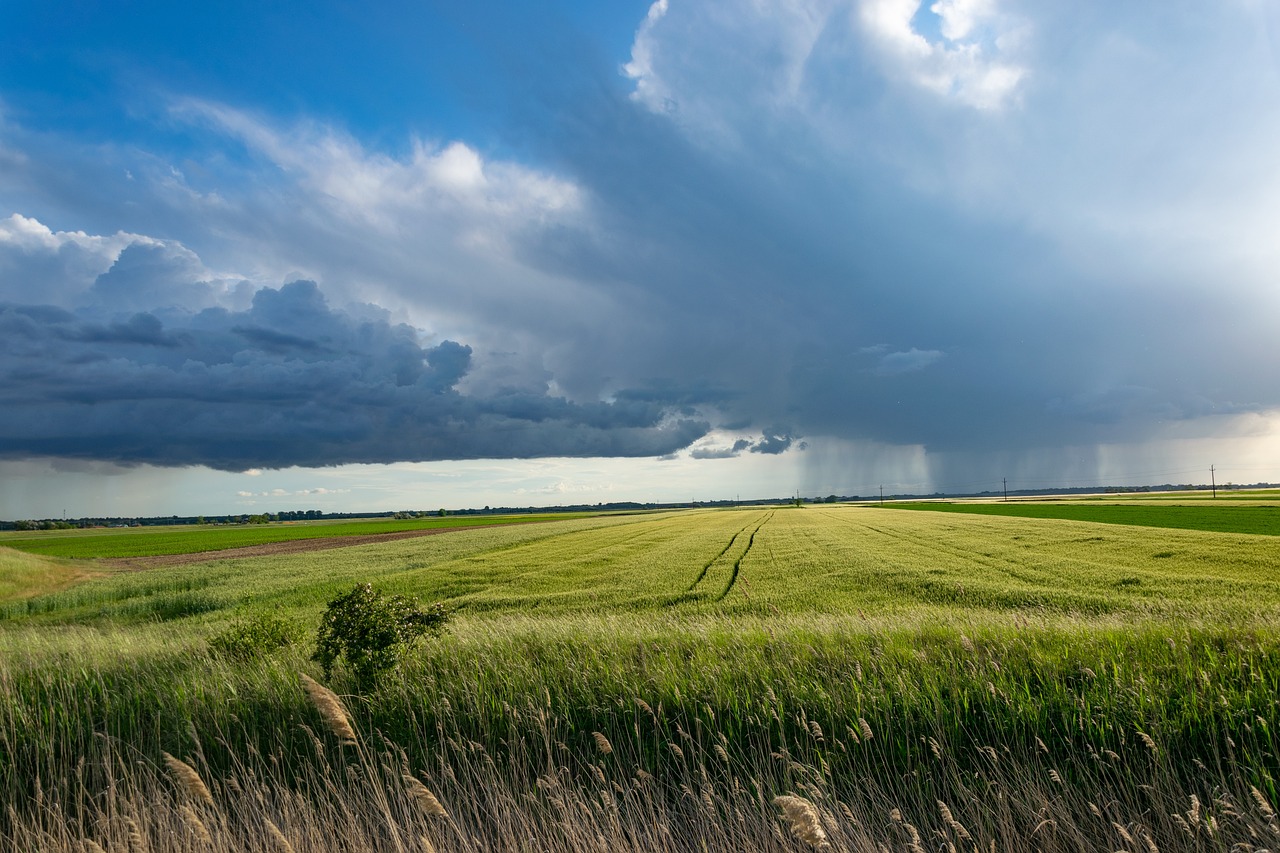Agriculture’s origins can be traced back to the intentional cultivation of useful plants and animals within human-modified ecosystems. While agriculture is often viewed through the lens of specific practices, such as rice cultivation in Asia or cattle ranching in the Americas, a broader interpretation acknowledges humans as environmental engineers who actively modify natural habitats. These human-induced changes, including land clearing and soil tillage, lead to significant localized transformations, such as increased light availability on the ground and diminished competition among species. Consequently, areas altered by agricultural practices may yield greater quantities of desired plants and animals, which serve as vital resources for food, medicinal purposes, and technology.
Through the process of domestication, many plants and animals have evolved to depend on human intervention for their continued growth and survival. Domestication can be viewed as a biological phenomenon wherein selection by humans enhances specific traits, resulting in cultivars that offer more substantial seeds, fruits, or tubers than their wild ancestors. Such domesticated species, known as cultigens, originate from numerous botanical families but show a notable concentration within particular groups, including grasses (Poaceae), beans (Fabaceae), and nightshades or potatoes (Solanaceae)—families that demonstrate favorable traits for domestication.
Domesticated animals are typically derived from inherently social wild species, and similar to plants, their selective breeding has amplified beneficial traits. Generally, these animals exhibit greater docility compared to their wild relatives, while also yielding increased meat, wool, or milk production. They have played various important roles, from providing traction and transportation to serving as companions and sources of wealth. Prominent domesticated species encompass dogs (Canis lupus familiaris), cats (Felis catus), cattle (Bos species), sheep (Ovis species), goats (Capra species), pigs (Sus species), horses (Equus caballus), and fowl such as chickens (Gallus gallus) and ducks and geese (Anatidae).
As a cultural construct, agriculture has manifested in diverse forms throughout different time periods and regions. The domestication of plants and animals has been practiced on scales ranging from small family farms to extensive commercial enterprises. This exploration delves into the multitude of activities associated with food production and highlights the cultural influences that have shaped the domestication process. Additionally, it outlines some methodologies utilized to investigate the emergence of agriculture and traces the evolutionary path of agricultural practices in ancient societies across regions such as Southwest Asia, the Americas, East Asia, Southeast Asia, the Indian subcontinent, and Europe. Interested readers can refer to horticulture for specific plant alteration techniques and livestock farming or poultry farming for methods related to animal propagation.



